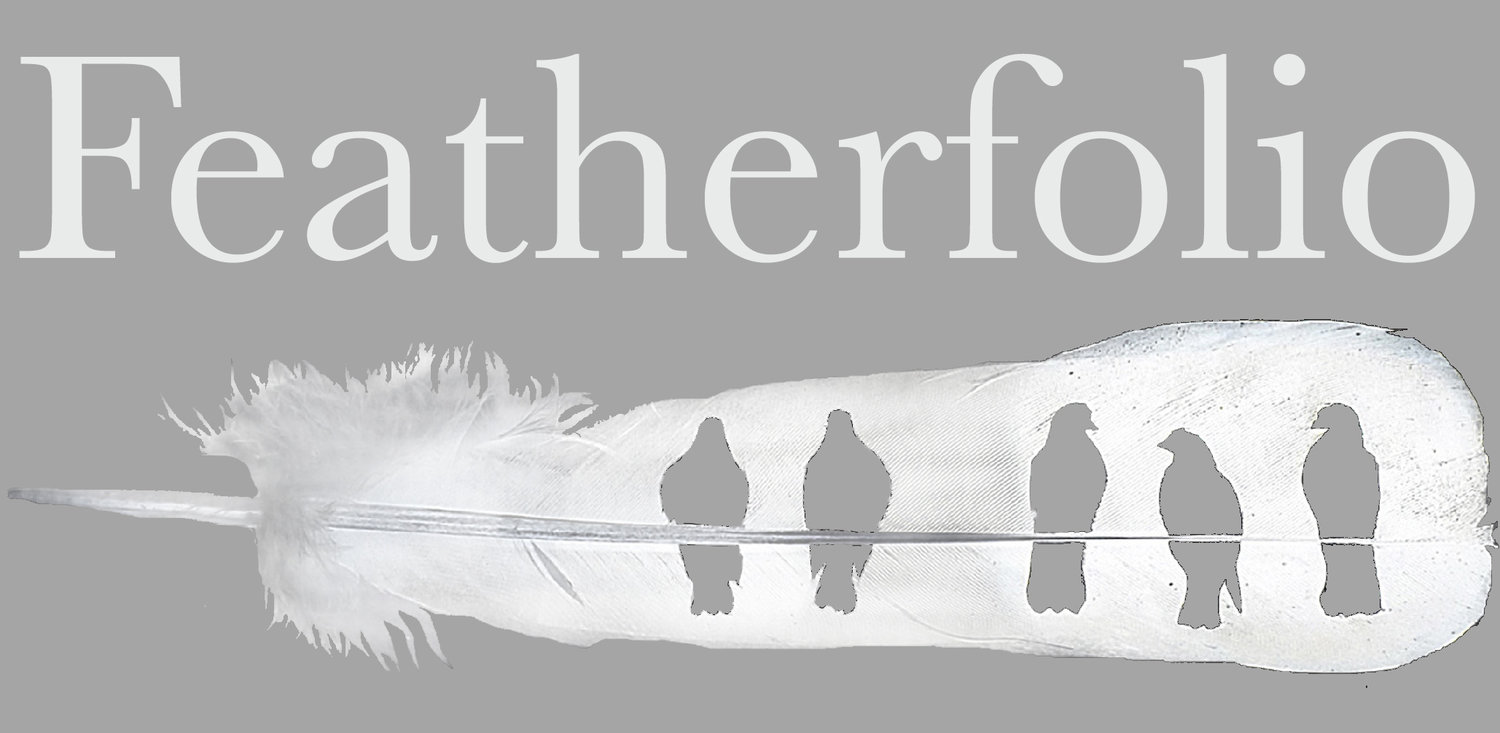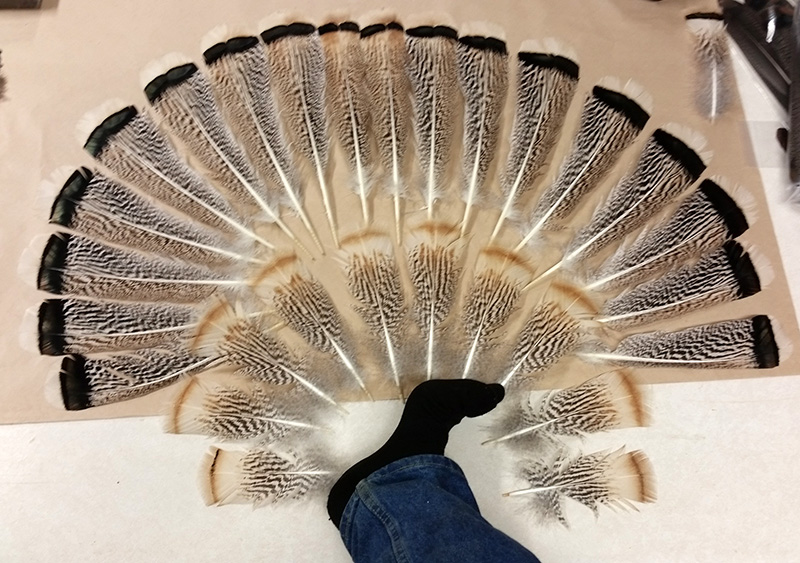Written for Center for Humans and Nature, May 4, 2015 Growing up, three bothersome younger sisters drove me to seek beauty, knowledge, solace, fun, and wonder in the big woods surrounding our home. This was in a rapidly suburbanizing area just east of Seattle. I remember, at 14, crouching by an overgrown ditch along a busy road, watching a foot-long trout, motionless in the clear water, occasionally flicking out to catch an insect. Even during those early explorations, I remember feeling the enormity of life and my small place in it.
Then came the bulldozers and construction. The ditch disappeared. I doubt if anyone else had a clue about the community of creatures that was destroyed. Most called it “development” but I saw it as a kind of un-development. I felt tremendously sad and have continued to feel this sadness the last 30 years as this sort of thing happens again and again. The feeling keeps following me as it follows many of us as we sift through the losses.
This feeling of awe and wonder as well as sadness has shaped my life’s work. I became a biologist and worked on various conservation advocacy projects, which exhausted me. I also worked for a long time as an environmental regulator, which, sometimes to my chagrin, was a profession geared toward asking, “How can we find a path through the regulations for this project go ahead?”
My heart remained absorbed with the beauty of the world. When I look at a bird, feel the wind, or even gaze at my own hand, I am enthralled. I wondered: how could I inspire this feeling in others?
Now, as a full time artist, I limit myself to a single medium. Any number of natural forms can foster appreciation for the natural world. I chose to use a rather unusual form: feathers. Ever since the head bird-keeper let me pick up pheasant and flamingo feathers at the zoo when I was twelve, I’ve seen feathers as reminders that I share the world with other creatures. Birds grow them, use them, and shed them. Yet when we find them, they have kept some of the essential qualities of the birds they came from like hints of flight, warmth, and beauty.
We have used feathers as symbols for millennia, everywhere on Earth. Feathers, to us, mean flight, transcendence, bridges between worlds, and escape. They are in our dreams. They are full of metaphor. As humans, we crave meaning. We find it through art and science, through religion, culture, myth, and our own experiences and imaginations.
























